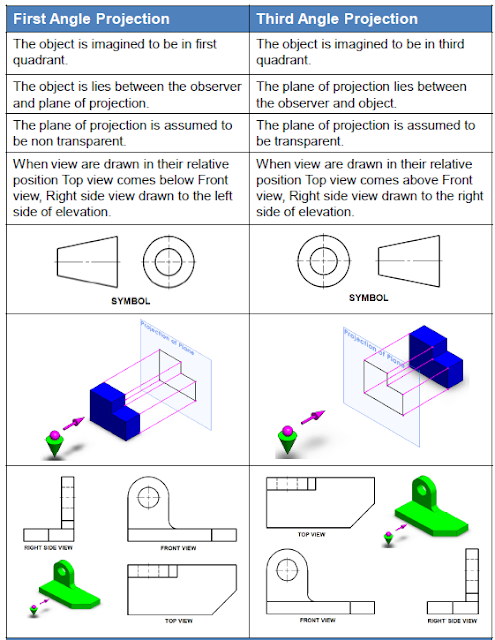1.)AUTOMATIC FEED WATER REGULATOR – Device that regulates feedwater supply to the boiler according to load, and so does away with hand operation of valves on feed lines. It is controlled by temperature,its action depends upon expansion and contraction of some metal part.
2.)BABCOCK and WILCOX BOILER – A water tube boiler consisting in its simplest form of a horizontal drum from which is suspended a pair of headers carrying between them an inclined bank of straight tubes.
3.)BLISTER – A separation of the metal from the shell plate, caused by impurities rolled into the shell plate when formed.
4.)BLOWDOWN OF SAFETY VALVE – The difference between the pressure at which the safety valve pops and that at which it closes.
5.)FIREBOX BOILER – Boiler having the fire within a firebox, although external to the shell, is rigidly connected to it.
6.)FIRE CRACKS – Cracks caused by radiant heat, usually around circumferential riveted seams of thick plates.
7.)FOULING – A condition of the flue gas passages in a boiler or furnace that adversely affects the transfer of heat, usually in the form of soot or scale.
8.)GAUGE COCK – A device for determining the water level in the boiler.
9.)GOOSE NECK – A short length of pipe having one complete turn to which the steam gauge is attached.
10.)JAW STAY – A round bar having jaws forged at one end and a flat plate at the other inclined at the proper angle for riveting to the boiler shell.
2.)BABCOCK and WILCOX BOILER – A water tube boiler consisting in its simplest form of a horizontal drum from which is suspended a pair of headers carrying between them an inclined bank of straight tubes.
3.)BLISTER – A separation of the metal from the shell plate, caused by impurities rolled into the shell plate when formed.
4.)BLOWDOWN OF SAFETY VALVE – The difference between the pressure at which the safety valve pops and that at which it closes.
5.)FIREBOX BOILER – Boiler having the fire within a firebox, although external to the shell, is rigidly connected to it.
6.)FIRE CRACKS – Cracks caused by radiant heat, usually around circumferential riveted seams of thick plates.
7.)FOULING – A condition of the flue gas passages in a boiler or furnace that adversely affects the transfer of heat, usually in the form of soot or scale.
8.)GAUGE COCK – A device for determining the water level in the boiler.
9.)GOOSE NECK – A short length of pipe having one complete turn to which the steam gauge is attached.
10.)JAW STAY – A round bar having jaws forged at one end and a flat plate at the other inclined at the proper angle for riveting to the boiler shell.








